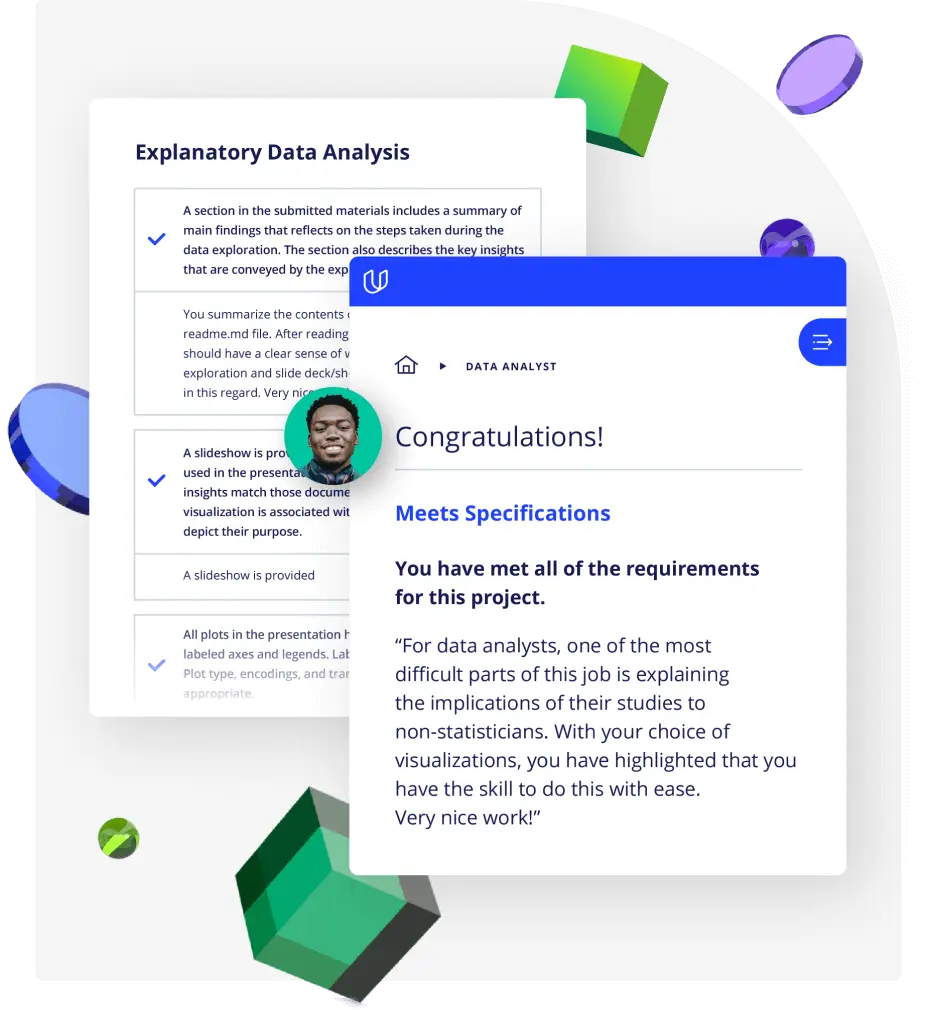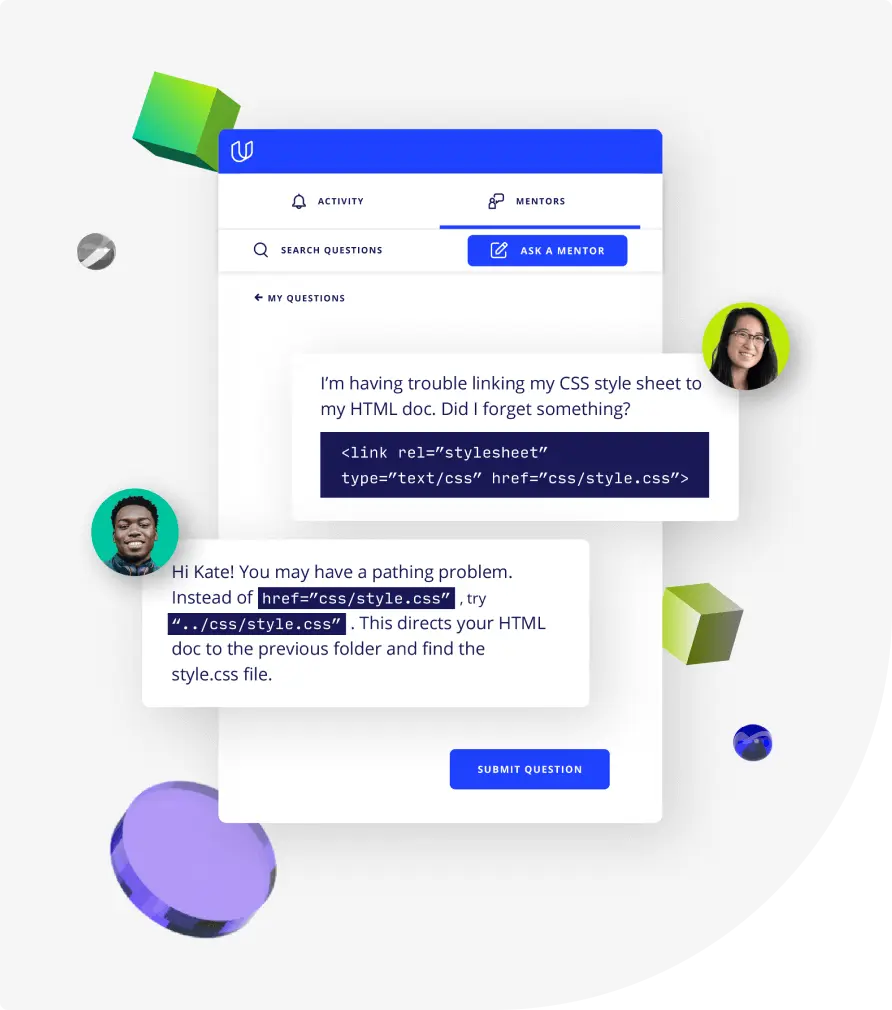
Andy Brown
Curriculum Lead
Andy has a bachelor's degree in physics from MIT, and taught himself to program after college (mostly with Udacity courses). He has been helping Udacity make incredible educational experiences since the early days of the company.










